Mohammad Monirujjaman Khan
Sdn Intrusion Detection Using Machine Learning Method
Nov 08, 2024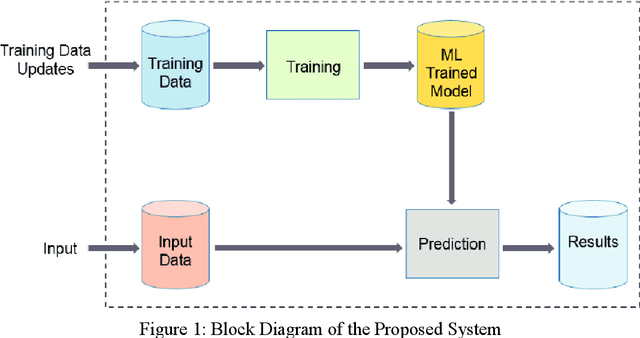

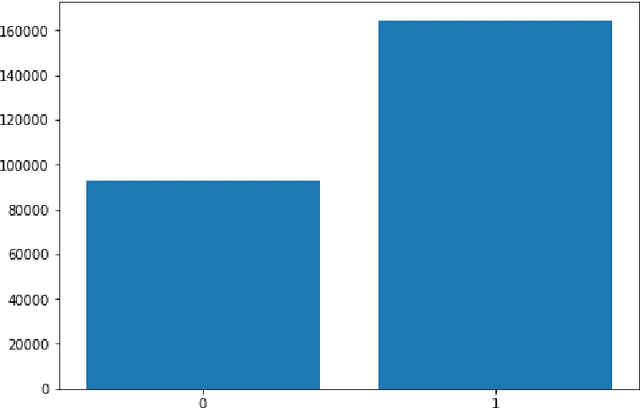
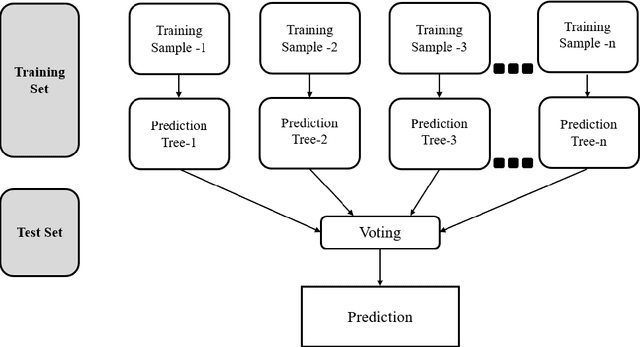
Abstract:Software-defined network (SDN) is a new approach that allows network control to become directly programmable, and the underlying infrastructure can be abstracted from applications and network services. Control plane). When it comes to security, the centralization that this demands is ripe for a variety of cyber threats that are not typically seen in other network architectures. The authors in this research developed a novel machine-learning method to capture infections in networks. We applied the classifier to the UNSW-NB 15 intrusion detection benchmark and trained a model with this data. Random Forest and Decision Tree are classifiers used to assess with Gradient Boosting and AdaBoost. Out of these best-performing models was Gradient Boosting with an accuracy, recall, and F1 score of 99.87%,100%, and 99.85%, respectively, which makes it reliable in the detection of intrusions for SDN networks. The second best-performing classifier was also a Random Forest with 99.38% of accuracy, followed by Ada Boost and Decision Tree. The research shows that the reason that Gradient Boosting is so effective in this task is that it combines weak learners and creates a strong ensemble model that can predict if traffic belongs to a normal or malicious one with high accuracy. This paper indicates that the GBDT-IDS model is able to improve network security significantly and has better features in terms of both real-time detection accuracy and low false positive rates. In future work, we will integrate this model into live SDN space to observe its application and scalability. This research serves as an initial base on which one can make further strides forward to enhance security in SDN using ML techniques and have more secure, resilient networks.
Chronic Obstructive Pulmonary Disease Prediction Using Deep Convolutional Network
Nov 03, 2024



Abstract:AI and deep learning are two recent innovations that have made a big difference in helping to solve problems in the clinical space. Using clinical imaging and sound examination, they also work on improving their vision so that they can spot diseases early and correctly. Because there aren't enough trained HR, clinical professionals are asking for help with innovation because it helps them adapt to more patients. Aside from serious health problems like cancer and diabetes, the effects of respiratory infections are also slowly getting worse and becoming dangerous for society. Respiratory diseases need to be found early and treated quickly, so listening to the sounds of the lungs is proving to be a very helpful tool along with chest X-rays. The presented research hopes to use deep learning ideas based on Convolutional Brain Organization to help clinical specialists by giving a detailed and thorough analysis of clinical respiratory sound data for Ongoing Obstructive Pneumonic identification. We used MFCC, Mel-Spectrogram, Chroma, Chroma (Steady Q), and Chroma CENS from the Librosa AI library in the tests we ran. The new system could also figure out how serious the infection was, whether it was mild, moderate, or severe. The test results agree with the outcome of the deep learning approach that was proposed. The accuracy of the framework arrangement has been raised to a score of 96% on the ICBHI. Also, in the led tests, we used K-Crisp Cross-Approval with ten parts to make the presentation of the new deep learning approach easier to understand. With a 96 percent accuracy rate, the suggested network is better than the rest. If you don't use cross-validation, the model is 90% accurate.
Pioneering Precision in Lumbar Spine MRI Segmentation with Advanced Deep Learning and Data Enhancement
Sep 09, 2024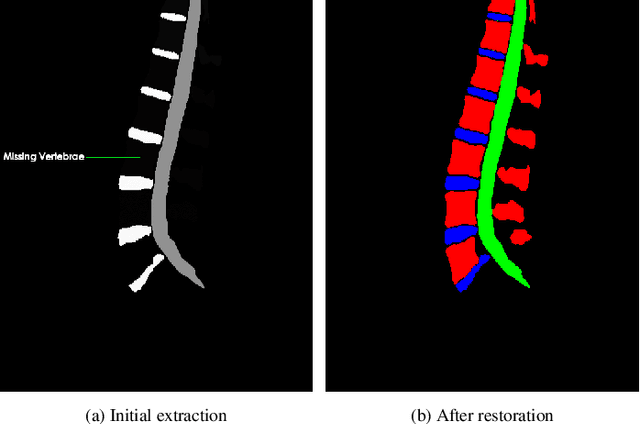
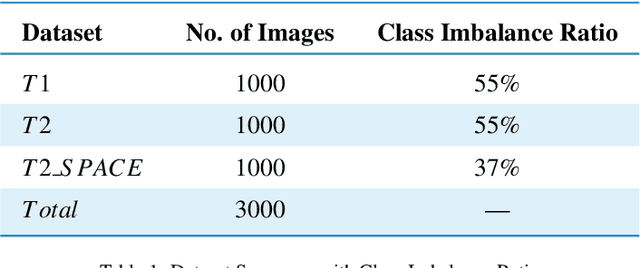
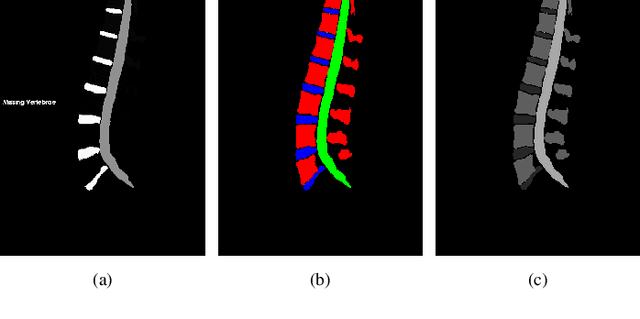
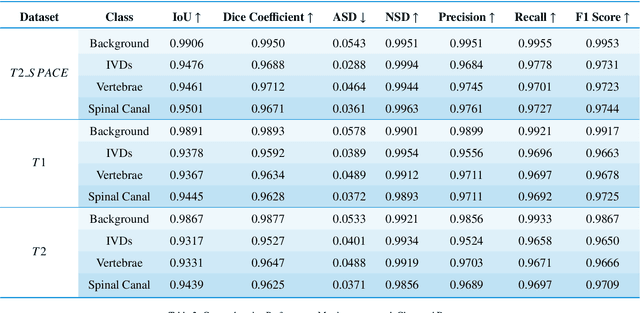
Abstract:This study presents an advanced approach to lumbar spine segmentation using deep learning techniques, focusing on addressing key challenges such as class imbalance and data preprocessing. Magnetic resonance imaging (MRI) scans of patients with low back pain are meticulously preprocessed to accurately represent three critical classes: vertebrae, spinal canal, and intervertebral discs (IVDs). By rectifying class inconsistencies in the data preprocessing stage, the fidelity of the training data is ensured. The modified U-Net model incorporates innovative architectural enhancements, including an upsample block with leaky Rectified Linear Units (ReLU) and Glorot uniform initializer, to mitigate common issues such as the dying ReLU problem and improve stability during training. Introducing a custom combined loss function effectively tackles class imbalance, significantly improving segmentation accuracy. Evaluation using a comprehensive suite of metrics showcases the superior performance of this approach, outperforming existing methods and advancing the current techniques in lumbar spine segmentation. These findings hold significant advancements for enhanced lumbar spine MRI and segmentation diagnostic accuracy.
A Comparative Analysis Towards Melanoma Classification Using Transfer Learning by Analyzing Dermoscopic Images
Dec 02, 2023

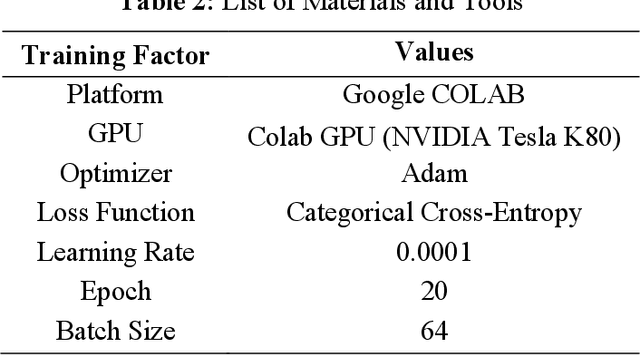

Abstract:Melanoma is a sort of skin cancer that starts in the cells known as melanocytes. It is more dangerous than other types of skin cancer because it can spread to other organs. Melanoma can be fatal if it spreads to other parts of the body. Early detection is the key to cure, but it requires the skills of skilled doctors to diagnose it. This paper presents a system that combines deep learning techniques with established transfer learning methods to enable skin lesions classification and diagnosis of melanoma skin lesions. Using Convolutional Neural Networks, it presents a method for categorizing melanoma images into benign and malignant images in this research (CNNs). Researchers used 'Deep Learning' techniques to train an expansive number of photos & essentially to get the expected result deep neural networks to need to be trained with a huge number of parameters as dermoscopic images are sensitive & very hard to classify. This paper, has been emphasized building models with less complexity and comparatively better accuracy with limited datasets & partially fewer deep networks so that the system can predict Melanoma at ease from input dermoscopic images as correctly as possible within devices with less computational power. The dataset has been obtained from ISIC Archive. Multiple pre-trained models ResNet101, DenseNet, EfficientNet, InceptionV3 have been implemented using transfer learning techniques to complete the comparative analysis & every model achieved good accuracy. Before training the models, the data has been augmented by multiple parameters to improve the accuracy. Moreover, the results are better than the previous state-of-the-art approaches & adequate to predict melanoma. Among these architectures, DenseNet performed better than the others which gives a validation accuracy of 96.64%, validation loss of 9.43% & test set accuracy of 99.63%.
Explainable AI in Diagnosing and Anticipating Leukemia Using Transfer Learning Method
Dec 01, 2023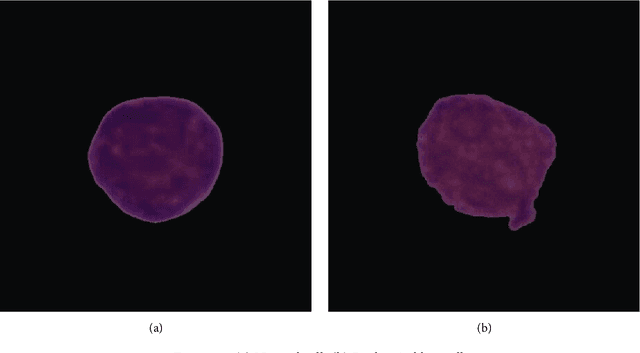



Abstract:This research paper focuses on Acute Lymphoblastic Leukemia (ALL), a form of blood cancer prevalent in children and teenagers, characterized by the rapid proliferation of immature white blood cells (WBCs). These atypical cells can overwhelm healthy cells, leading to severe health consequences. Early and accurate detection of ALL is vital for effective treatment and improving survival rates. Traditional diagnostic methods are time-consuming, costly, and prone to errors. The paper proposes an automated detection approach using computer-aided diagnostic (CAD) models, leveraging deep learning techniques to enhance the accuracy and efficiency of leukemia diagnosis. The study utilizes various transfer learning models like ResNet101V2, VGG19, InceptionV3, and InceptionResNetV2 for classifying ALL. The methodology includes using the Local Interpretable Model-Agnostic Explanations (LIME) for ensuring the validity and reliability of the AI system's predictions. This approach is critical for overcoming the "black box" nature of AI, where decisions made by models are often opaque and unaccountable. The paper highlights that the proposed method using the InceptionV3 model achieved an impressive 98.38% accuracy, outperforming other tested models. The results, verified by the LIME algorithm, showcase the potential of this method in accurately identifying ALL, providing a valuable tool for medical practitioners. The research underscores the impact of explainable artificial intelligence (XAI) in medical diagnostics, paving the way for more transparent and trustworthy AI applications in healthcare.
 Add to Chrome
Add to Chrome Add to Firefox
Add to Firefox Add to Edge
Add to Edge